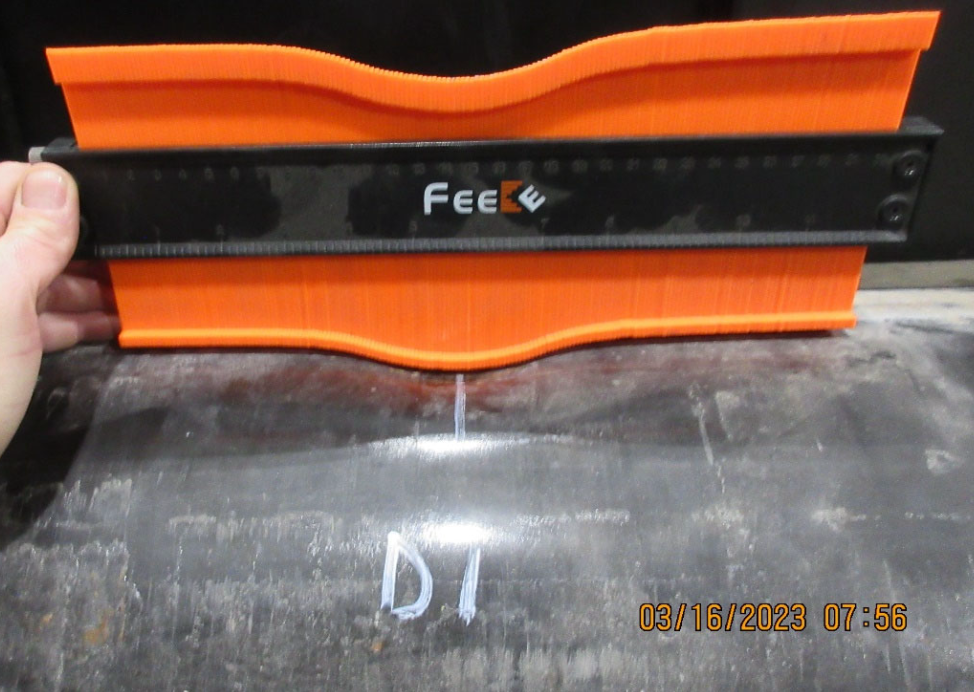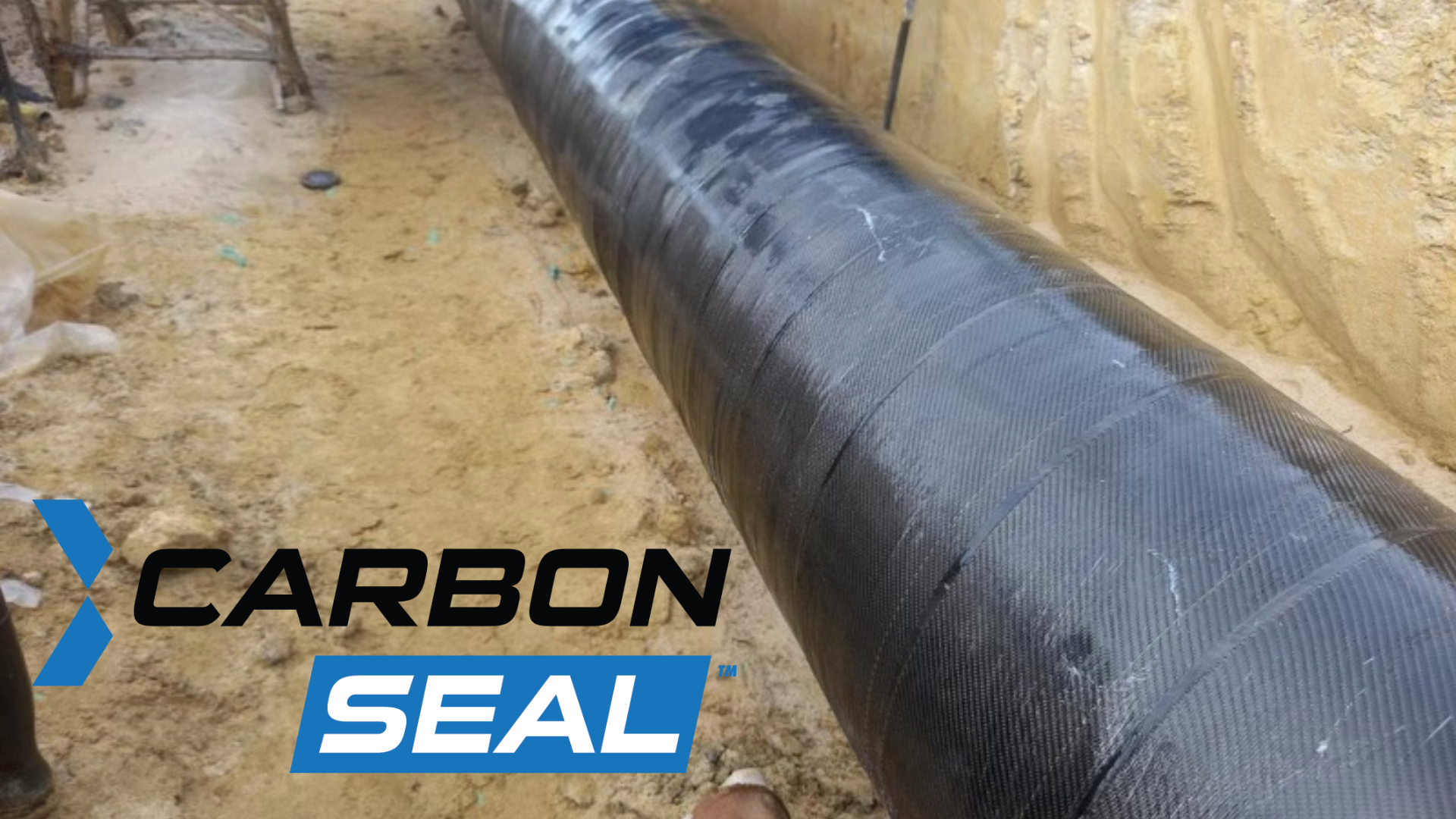Uranium, a dense metal widely used for nuclear energy worldwide, undergoes mining through leaching tanks that separate the element from ore and bring it to the surface. Two major uranium processing facilities, Ranger (in Northern Australia) and Rossing (in Namibia), have been mining uranium for decades. However, recent incidents involving leaks due to faulty tank lining and tank corrosion have created significant challenges.
In December, the Ranger uranium-processing plant in Australia experienced a devastating spill, with over 1 million liters of liquefied uranium escaping from a 3-story steel leaching tank. This leak was attributed to a faulty tank lining, which led to severe corrosion in the steel tank's walls. Remarkably, this spill followed a similar incident just days earlier at Rio Tinto's Rossing mine in Namibia.
The Ranger site's 1450-cubic-meter leaching tank developed a hole, leading to massive wall corrosion. The tank ultimately split and collapsed, causing damage to a crane during the process. Following the collapse, inspections revealed that one of the six tanks exhibited steel corrosion similar to the one that had collapsed. Experts point to a combination of metal and management failure as the cause of the spill. Given the mine's age, experts are concerned about the likelihood of further uncontrolled and unpredictable equipment failures. All of the mine's pipes, pumps, and tanks have exceeded their 30-year lifespan, making equipment failure increasingly probable.
Corrosion is a prevalent issue for owners of steel tanks worldwide. It's not a question of "if" but "when" it will occur. Fortunately, issues akin to those encountered at the Ranger and Rossing mines can be averted with HJ3's CarbonSeal carbon fiber solution. Recently, a geothermal power plant with severe corrosion on its primary clarifier and demister tanks underwent restoration using HJ3's CarbonSeal reinforcement system. The clarifier, standing at 43' tall with a 125' diameter, suffered significant steel loss on its sidewalls, upper tank ring, and dome due to corrosion. This corrosion had compromised the tank's structural integrity, necessitating reinforcement and protection against further deterioration.
Four areas on the clarifier were marked for repair: a wall patch, the tank sidewall and dome roof connection, dome roof, and a 36" diameter overflow pipe. Steel surfaces were meticulously prepared through abrasive blasting and priming. A high modulus paste was applied, followed by the saturation and installation of CarbonSeal carbon fiber. A chemical-resistant topcoat was applied to safeguard the system. The CarbonSeal repair effectively provided the required 20-psi hoop strengthening to the steel vessel. To date, HJ3 has reinforced four clarifiers, two demisters, and one rock muffler for a client, saving them 80% in replacement costs. Additionally, the client realized environmental savings, preventing 602 tons of steel from potentially entering landfills and averting 1183 tons of CO2 emissions and 36,000,000 gallons of water consumption, as the manufacture of new steel tanks was unnecessary.
If you have a steel tank requiring reinforcement or repair and wish to explore HJ3's CarbonSeal reinforcement systems further, please contact HJ3 at info@hj3.com.



.png)
